The Ninth ODC Training Course on Climate Dynamics and Air-sea Interactions was successfully accomplished in Qingdao from 17-28 June 2019. Nine famous experts (from Argentina, Japan, USA and China) were invited to give lectures and 36 trainees from 13 countries (Bangladesh, Brazil, Cameroon, Ecuador, India, Indonesia, Malaysia, Nigeria, Pakistan, Philippines, Republic of Korea, Thailand and China) attended the courses. Up to now, ODC Center has provided training course for 395 trainees from 43 countries during the past 9 years, making greater contributions to the capacity building of IOC member states. What's more, the influence of China in the field of ocean and climate has been further enhanced.
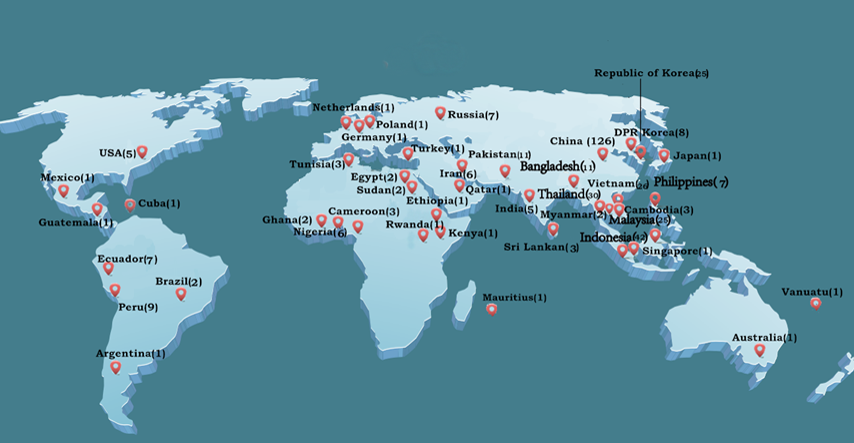 Figure 1. Distribution of ODC trainees around the world from 2011 to 2019
1.Tranining lecture
After a short opening ceremony in the morning of 17 June 2019, the two-week training course started. Prof. Fangli Qiao and three young scientists (Dr. Siyu Chen, Dr. Sheng Chen and Dr. Biao Zhao) talked about air-sea interactions and their applications in ocean-atmospheric coupled models. They discussed that small-scale surface waves play key role in improving global ocean circulation models, typhoon models and climate models. Trainees understood that the ocean surface waves not only affect air-sea heat flux through Bv and sea spray, but also influence air-sea momentum flux. Prof. Qiao and three young scientists had also demonstrated the regional coupled model system FIO-AOW and its sensitivities to the physical processes at the air-sea interface.
 Figure 2. Prof. Fangli Qiao and three young scientists from First Institute of Oceanography, Ministry of Natural Resources, China
On 18 June 2019, Prof. Sandra Barreira gave lectures with the theme of Sea Ice and Climate. She discussed the differences and importance of the components of cryosphere (snow, ice, sea ice, glaciers, ice shelves and icebergs, and frozen ground) as well as its contribution to sea level changes. The trainees also learned the basic processes involved in sea-ice variability, how sea ice affect climate and how it is affected by climate. In the afternoon, a group exercise about anomalies in the Arctic sea ice was carried out.
 Figure 3. Prof. Sandra Barreira from Argentine Naval Hydrographic Service(SHN), Meteorological Department, Argentine Navy Meteorological Service (SMARA), Argentina
On 19 June 2019, Prof. Shoshiro Minobe gave lectures with the theme of Air-sea interaction in western boundary regions. He discussed the different mechanisms, decadal variability, and possible role of western boundary currents. He also shared his opinion on Rossby waves and its mechanism, and that the westward propagating Rossby waves are critical processes in Pacific Decadal Oscillation (PDO) dynamics. In the afternoon, a group exercise about climatology was carried out, in which the trainees would compare precipitation, wind stress and SST in different regions of the world by the use of Python.
 Figure 4. Prof. Shoshiro Minobe from Hokkaido University, Japan
On 20 June 2019, Prof. Tim Li gave lectures with the theme of ENSO dynamics. He introduced the basic theories, methods and frontal researches of ENSO instability, amplitude asymmetry, evolution asymmetry, etc. He also highlighted the fundamental mechanism for ENSO growth, namely, the Bjerkness dynamic ocean-atmosphere feedback. The asymmetries (e.g. strength, evolution) of cold and warm phase of ENSO were also stressed during the lecture.
In the morning of 21 June 2019, Prof Tim Li gave lectures on MJO dynamics. He examined in his lecture the Maden-Jullian Oscillation Dynamics (MJO), discussing the global interest to understand its dynamics and to predict its behaviour. The observed characteristics and initiation processes of MJO, the roles of Gill model in MJO dynamics and teleconnections were also discussed.  Figure 5. Prof. Tim Li from University of Hawaii, USA
In the afternoon of 21 June 2019, Prof. Shang-Ping Xie gave lectures on Indo-western Pacific Ocean capacitor. He discussed the influence of ENSO over the Indo-western Pacific Ocean, arguing that anomalies induced by ENSO events are more persistent than that of SST, with major effects on summer monsoon over Asia. In the morning of 22 June 2019, Prof. Shang-Ping Xie discussed dynamics of regional climate change. He explained the climate feedback analysis and also explained how a faster surface temperature response slows the rate of ocean heat content increase because of increased outgoing radiation.
 Figure 6. Prof. Shang-Ping Xie from University of California, USA
On 24 June 2019, Prof. Antonietta Capotondi gave lectures on ENSO diversity, precursors and impacts. She discussed the ENSO diversity, importance and impacts as well identifying its predictability based on its precursors. She also discussed how to identify CP and EP ENSO by using different indices, and gave a detailed discussion on precursors that can be used to predict two types of ENSO.
 Figure 7. Prof. Antonietta Capotondi from University of Colorado
On 25 June 2019, Prof. Ka-Kit Tung and Dr. Meng Wei gave lectures with the theme of the relationship between ENSO and PDO. He introduced pair-wise rotated EOF method and its application on climate science. With this new method, the trainees could better understand the relation between PDO and ENSO, which is more like a linear superposition rather than nonlinear modulation abd the so-called hiatus of global warming is contributed by AMO instead of previously recognized PDO influence. In the afternoon, the practical exercises on learning how to use EOF to analyse SST and other climate data was carried out to deepen understanding.

Figure 8. Prof. Ka-Kit Tung from University of Washington, USA and Dr. Meng Wei from First Institute of Oceanography, Ministry of Natural Resources, ChinaOn 26 June 2019, Prof. Eric Chassignet gave lectures on the high resolution coupled modeling and the impact of eddies on air sea interactions. He introduced the dynamics and impacts of eddies in a global scale, highlighting the importance and applications of these studies. He also talked about the importance of numerical modelling in issues such as forecasting marine debris pathways. He taught us that using ocean models can scientifically rationalize the real ocean, predict future changes in the ocean, and provide scientifically based advice to policy makers for managing ocean resources. In the morning of June 2019, he gave trainees an exercise on eddies using numerical modelling.
 Figure 9. Prof. Eric Chassignet from Florida State University, USA
In the afternoon of 27 June and the morning of 28 June, 2019, Prof. Tal Ezer gave lectures on the impact of hurricanes and tropical storms on the coast regions. He highlighted the air-sea interaction under a storm, and the impacts of hurricanes, typhoon, cyclones and tropical storms. The numerical simulations of hurricanes with ocean models and coupled ocean-atmosphere models were also stressed.
 Figure 10. Prof. Tal Ezer from Old Dominion University, USA
Trainees have learned knowledge and improved practical operation ability in Climate Dynamics and Air-sea Interactions through the lectures and practical exercises.
2. Forum for Early Career Scientists Besides the lectures and practical exercises, Forum for Early Career Scientists was also carried out to deepen understanding and promote cooperation during these two weeks, which included some activities such as trainee reports, group discussion and group reports. (1) Trainee reports During the training course, 6 trainee reports were held and chaired by the group leaders from each groups. 6 trainees provided an oral presentation to introduce their research work related to the topic of this training course, their research area, academic achievements and preliminary idea for cooperation with other countries in the region. After the reports, other trainees could ask them questions. Through interaction, trainees have better known each other and found some common interests in research for discussion. The activities also promoted the understanding of each other and increased the trainee’s enthusiasm to grasp new knowledge from the training course. 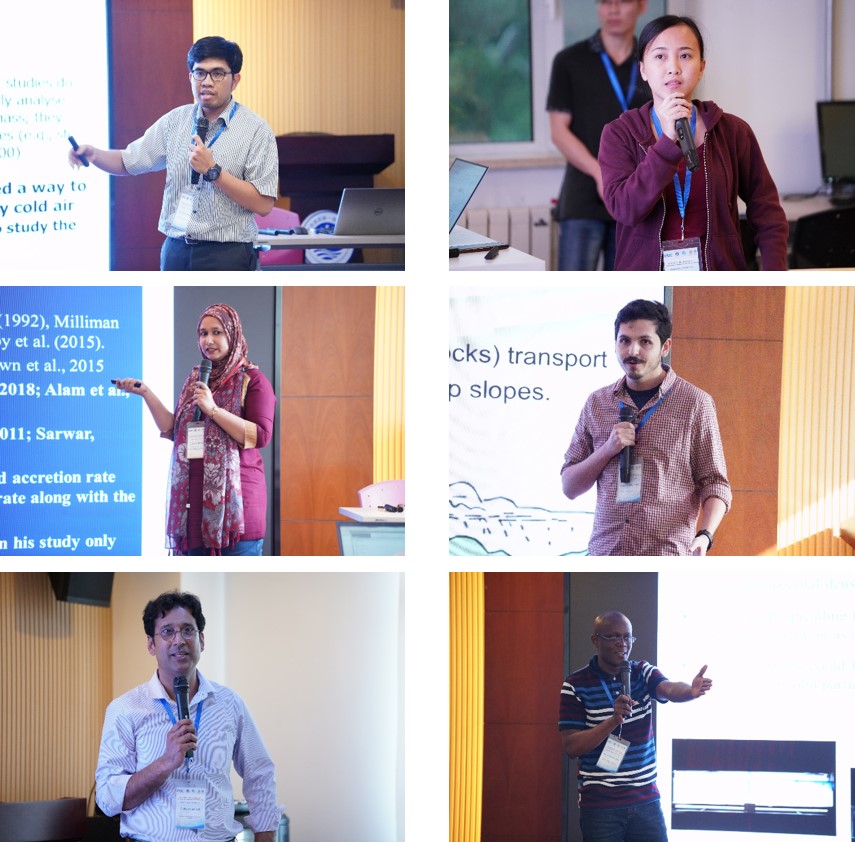 Figure 11. Trainee reports
(2) Group discussion and reports
During the training course, all the trainees were divided into 6 groups. Trainees in each group completed the exercises, carried out group discussions, and prepared group reports. In addition, each group was required to make a poster or PPT together to introduce their group members, cooperation and new knowledge gained from the training course, results of their assignments and suggestions for future cooperation. The group discussion and reports provided more chance for the trainees to perform a first attempt to work together and some prospective cooperation in future research among them become more possible. 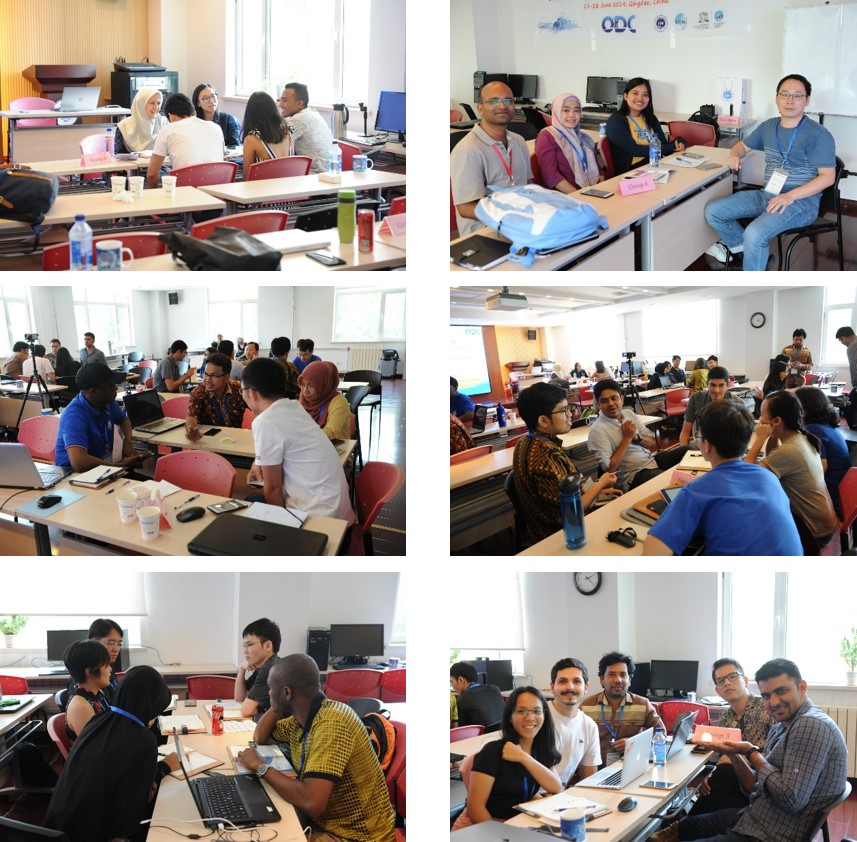 Figure 12. Group discussion 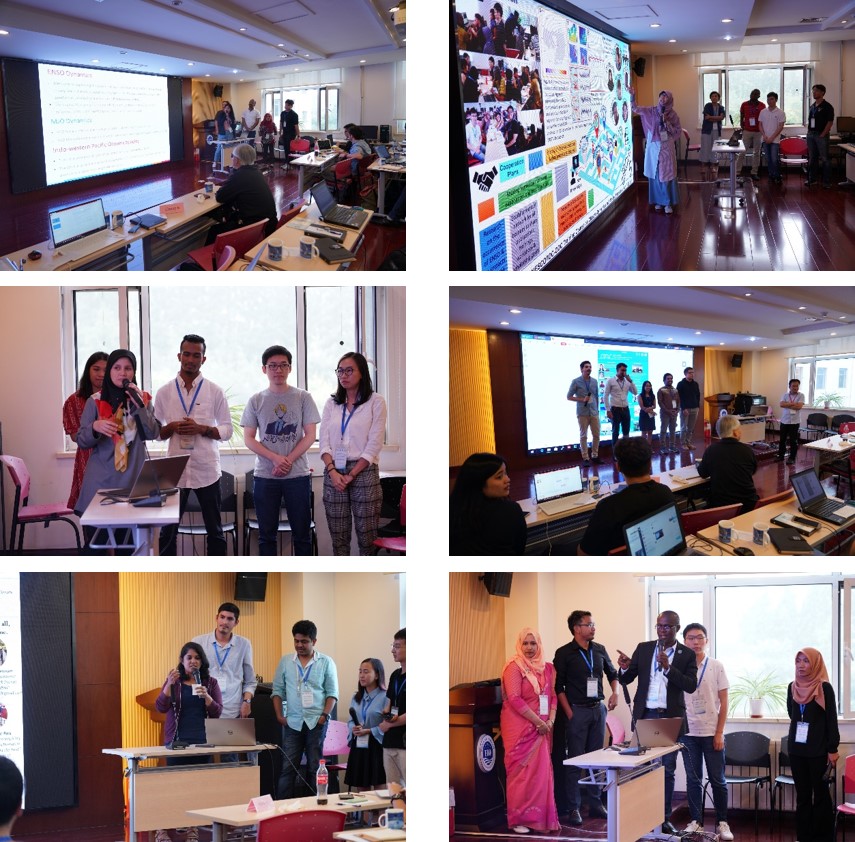 Figure 13. Group reports
3. Completion ceremony
The completion ceremony was held in the evening of 28 June, 2019. All the trainees, Prof. Fangli Qiao, Prof. Ka-Kit Tung, Prof. Eric Chassignet, Prof. Tal Ezer and Dr. Xunqiang Yin attended the ceremony. Certifications was issued to those trainees who had completed all the courses. Group leaders, group secretaries and volunteers was issued a certification for their great contribution in this training course. Three trainees (Ms. Siti Amalia from the National University of Malaysia, Mr. Abdillah Muhammad Rais from Institute Teknologi Bandung of Indonesia and Mr. Thandlam Venugopal from Uppsala University) had been awarded as the best trainees based on their performance during these 2 weeks. Special certifications had been issued to them by Prof. Fangli Qiao, Prof. Prof. Ka-Kit Tung and Prof. Tal Ezer during the farewell dinner. The lectures, exercises and Forum for Early Career Scientists in training course have helped the trainees improve their understanding of the Climate Dynamics and Air-sea Interactions and strengthen the personal friendships among participants from different parts of the world.
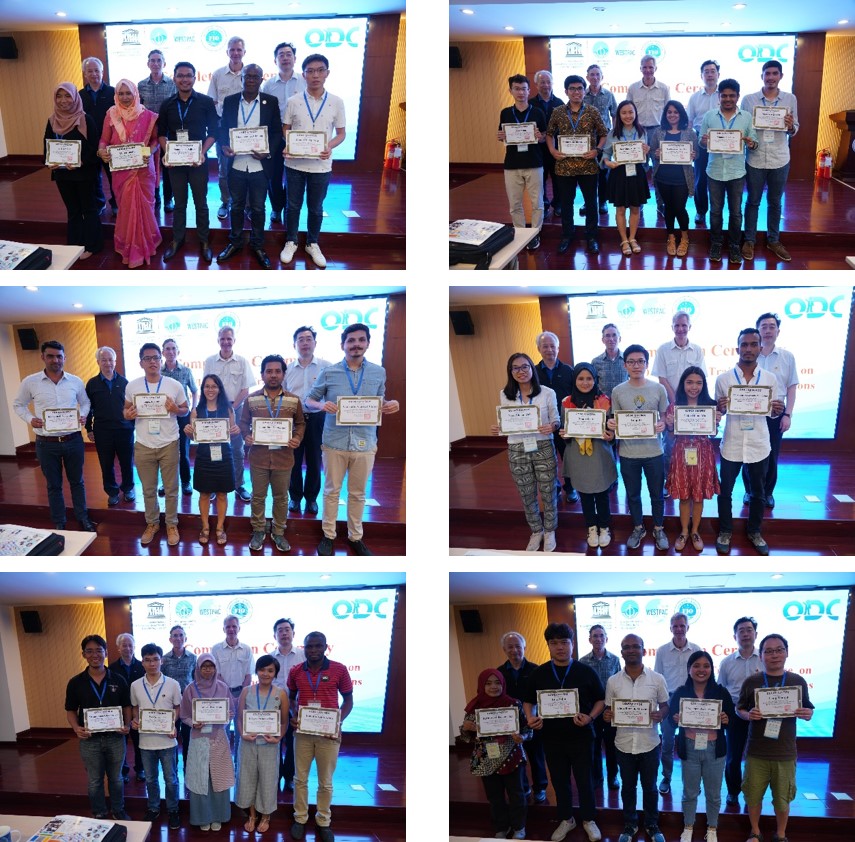 Figure 14. Certification for trainees  Figure 15. Certification for group leaders and group secretaries 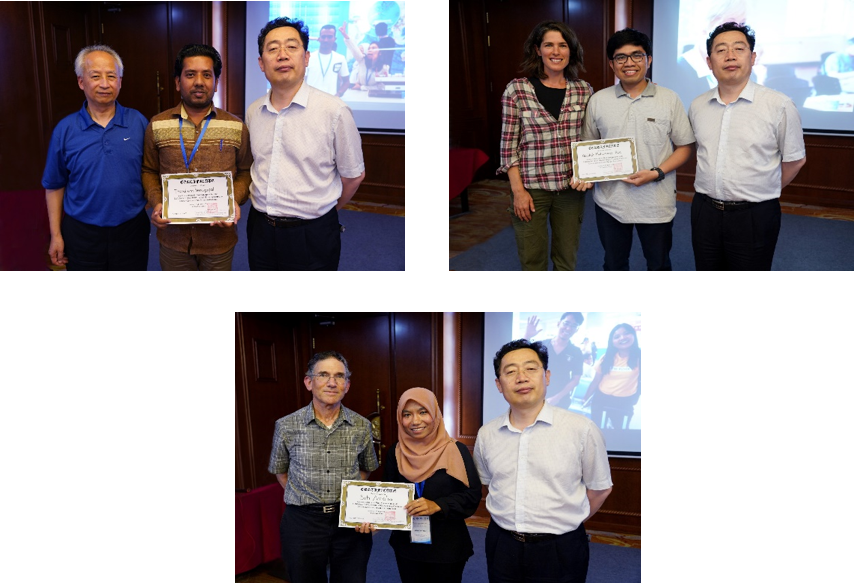 Figure 16. Best trainee awards  Figure 17. Group Photo of the Ninth ODC Training Course |
The Ninth ODC Training Course was successfully accomplished in Qingdao
Date: 2019-07-15 09:10 Author: admin Clicks:
